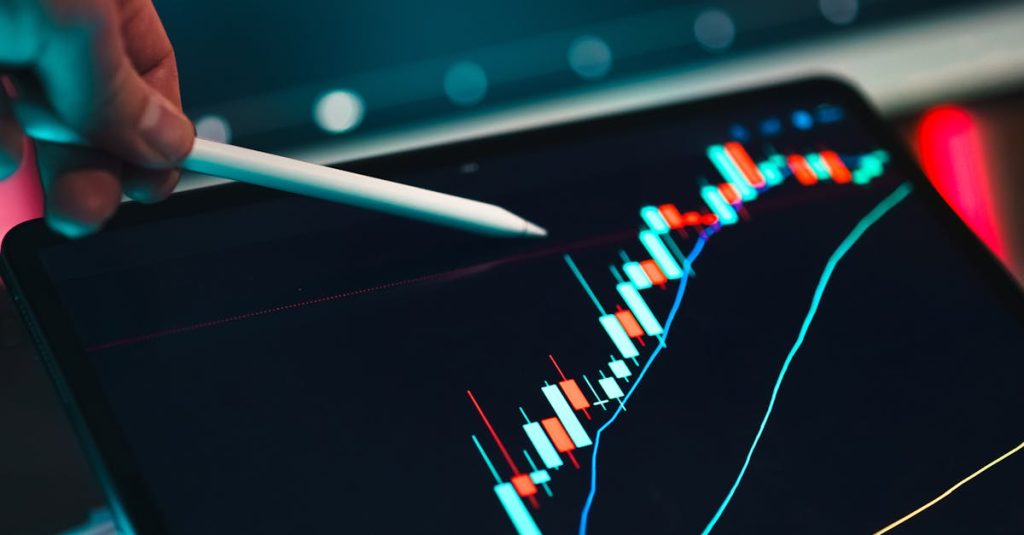Maximizing Your Business Growth with the Right Equipment Finance Strategy in the Post-Pandemic Economy
Estimated reading time: 5 minutes
- Understand the various types of equipment financing available.
- Stay informed about fluctuating interest rates and their impact on your financing decisions.
- Align your financing strategy with your long-term business goals.
- Evaluate your needs and consider the total cost of financing.
- Consult with experts to uncover suitable financing options.
Table of Contents
Understanding Equipment Financing
Equipment financing is a method that allows businesses to purchase or lease equipment without tying up significant capital. This is particularly beneficial for small businesses looking to acquire new machinery, technology, or vehicles necessary for operations. Here are the main types of equipment financing available:
- Equipment Loans: These loans provide the funding to purchase equipment outright, with the equipment itself serving as collateral. Small businesses repay the loan in monthly installments, typically over a period of three to seven years.
- Equipment Leasing: This option allows businesses to use the equipment without ownership. Instead, the leasing company retains ownership, and the business pays monthly lease payments for a specified term.
- SBA Loans for Equipment: The Small Business Administration offers specific loan programs catered to acquiring equipment, often with favorable terms and lower interest rates.
- Merchant Cash Advances and Lines of Credit: While not traditionally associated with equipment financing, these can provide the necessary capital to cover initial costs or supplement cash flow during slow months.
Fluctuating Interest Rates Explained
In our current economic climate, interest rates are fluctuating due to various factors including inflation, Federal Reserve policies, and shifts in consumer spending. As of early 2025, many economists predict a stabilization of rates after a recent increase trend. Here are some key points to understand:
- Federal Reserve Changes: As the Federal Reserve adjusts rates to control inflation, the cost of borrowing changes. Higher rates generally mean higher costs for equipment financing.
- Impact of Inflation: Persistently high inflation can lead to more volatile interest rates, impacting repayment plans and overall financing costs.
- Market Adaptation: Small business owners need to be agile with their financing strategies, remaining aware of market conditions when making borrowing decisions.
How Interest Rates Impact Financing Decisions
Interest rates play a pivotal role in determining the overall cost of financing. Here are several ways that business owners are affected:
- Cost of Borrowing: Higher interest rates increase the total cost of borrowing. It’s essential to analyze financing options carefully to ensure that the repayments fit within your business’s cash flow.
- Cash Flow Management: Small businesses often operate on thin margins. An increase in monthly payments due to rising rates could strain cash flow, requiring adjustments in operational budgets or revenue projections.
- Investment Decisions: Fluctuating rates may influence whether to buy or lease equipment. For example, in a high-interest environment, leasing may be more attractive due to lower upfront costs.
- Planning for the Future: Understanding where interest rates may head can help business owners make more informed financial decisions. If you anticipate further increases, locking in financing terms at current rates can provide a strategic advantage.
Practical Tips for Small Business Owners
Given the current economic landscape and fluctuating interest rates, here are three practical takeaways for business owners exploring equipment financing:
- Evaluate Your Needs vs. Wants: Before seeking financing, determine what equipment is absolutely necessary for your operations. Focus on purchases that will provide a measurable return on investment, and avoid overspending on non-essential items.
- Consider the Total Cost of Financing: Look beyond just the monthly payment. Take the time to assess the total interest over the life of the loan or lease, and explore various lenders and options. Tools such as financing calculators can help give you a clearer picture of your potential costs.
- Stay Informed About Rate Changes: Keeping abreast of Federal Reserve news and economic forecasts will position you to make better-informed decisions about when to seek financing. Consider engaging a financial advisor or funding expert to help interpret this information and develop a suitable strategy.
Aligning Financing Strategy with Business Goals
Aligning your equipment financing strategy with your business objectives is vital in achieving long-term growth. Here are some considerations:
- Long-Term Planning: When deciding on purchasing vs. leasing equipment, consider your business’s long-term goals. If you plan to upgrade equipment regularly, leasing might be a better fit compared to outright purchasing.
- Tax Implications: Equipment purchases can offer tax benefits under Section 179, allowing businesses to deduct the full purchase price of qualifying equipment purchased or financed during the tax year. Stay informed about tax laws to maximize your benefits.
- Consulting Experts: Engaging a broker like Big Think Capital can help uncover financing options that align with your specific situation. Our team provides insights into lender requirements, rates, and products that match your financing needs.
Conclusion
In an ever-evolving post-pandemic economy, businesses have to be strategic about how they finance equipment acquisitions. Understanding interest rates and their implications is key to making informed financial choices. With a blend of the right equipment financing strategy and a clear understanding of your business needs, you can optimize growth and improve your operational efficiency.
If you are considering your equipment financing options and need expert advice, reach out to Big Think Capital. Our team is committed to helping small businesses secure the funding they need to thrive. Learn more about our services at bigthinkcapital.com or speak to one of our funding experts today.
FAQ
Q: What types of equipment financing are available for small businesses?
A: Small businesses can choose from equipment loans, equipment leasing, SBA loans for equipment, and merchant cash advances or lines of credit.
A: Small businesses can choose from equipment loans, equipment leasing, SBA loans for equipment, and merchant cash advances or lines of credit.
Q: How do fluctuating interest rates affect equipment financing?
A: Higher interest rates can increase the cost of borrowing and lead to higher payments, impacting cash flow and investment decisions.
A: Higher interest rates can increase the cost of borrowing and lead to higher payments, impacting cash flow and investment decisions.
Q: What should I consider when evaluating financing options?
A: Evaluate your needs versus wants, consider the total cost of financing, and stay informed about market trends to make informed decisions.
A: Evaluate your needs versus wants, consider the total cost of financing, and stay informed about market trends to make informed decisions.
Q: How can I align my financing strategy with my business goals?
A: Consider long-term planning, tax implications, and consult with experts to identify the best financing options that support your business objectives.
A: Consider long-term planning, tax implications, and consult with experts to identify the best financing options that support your business objectives.






